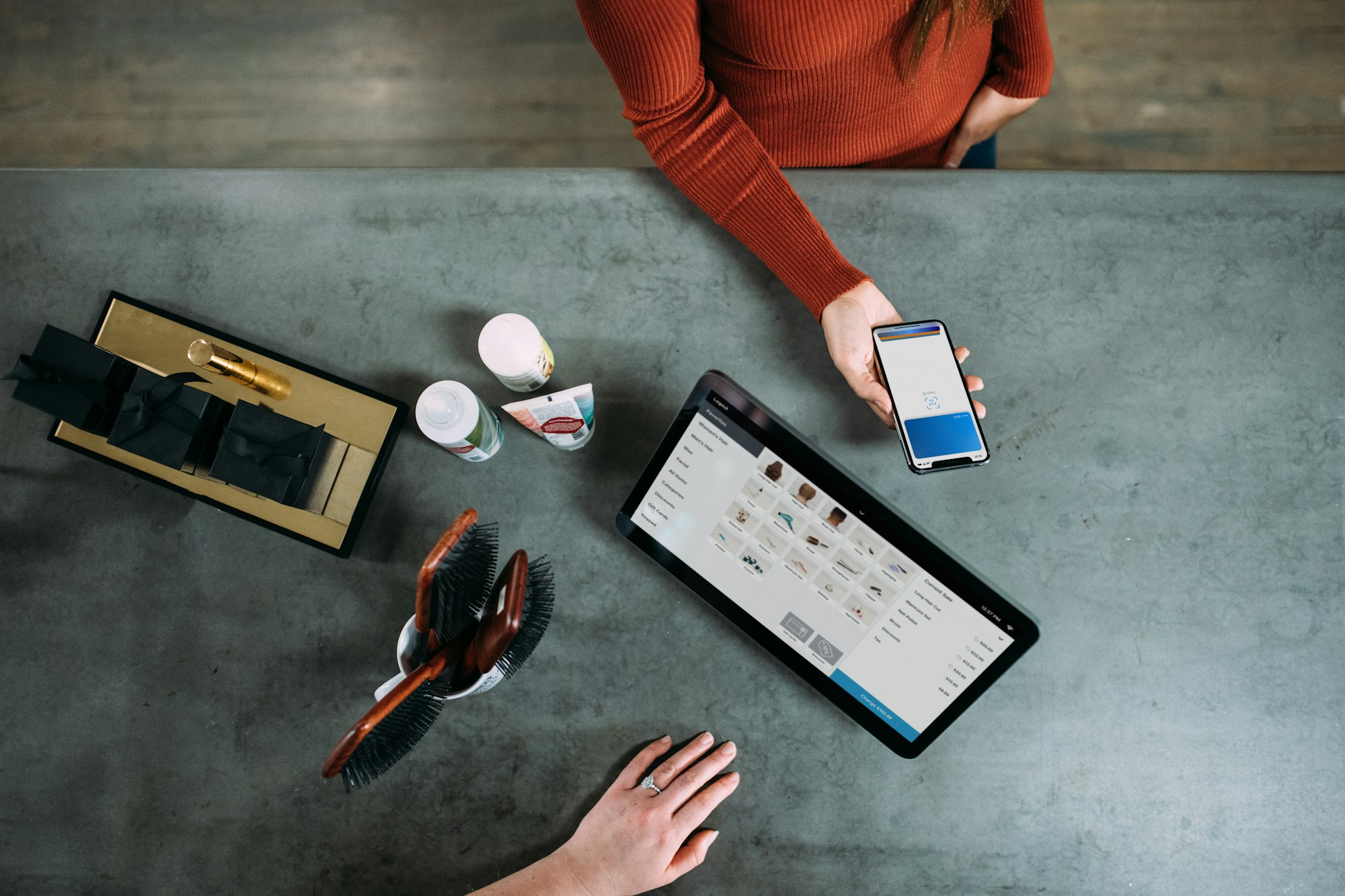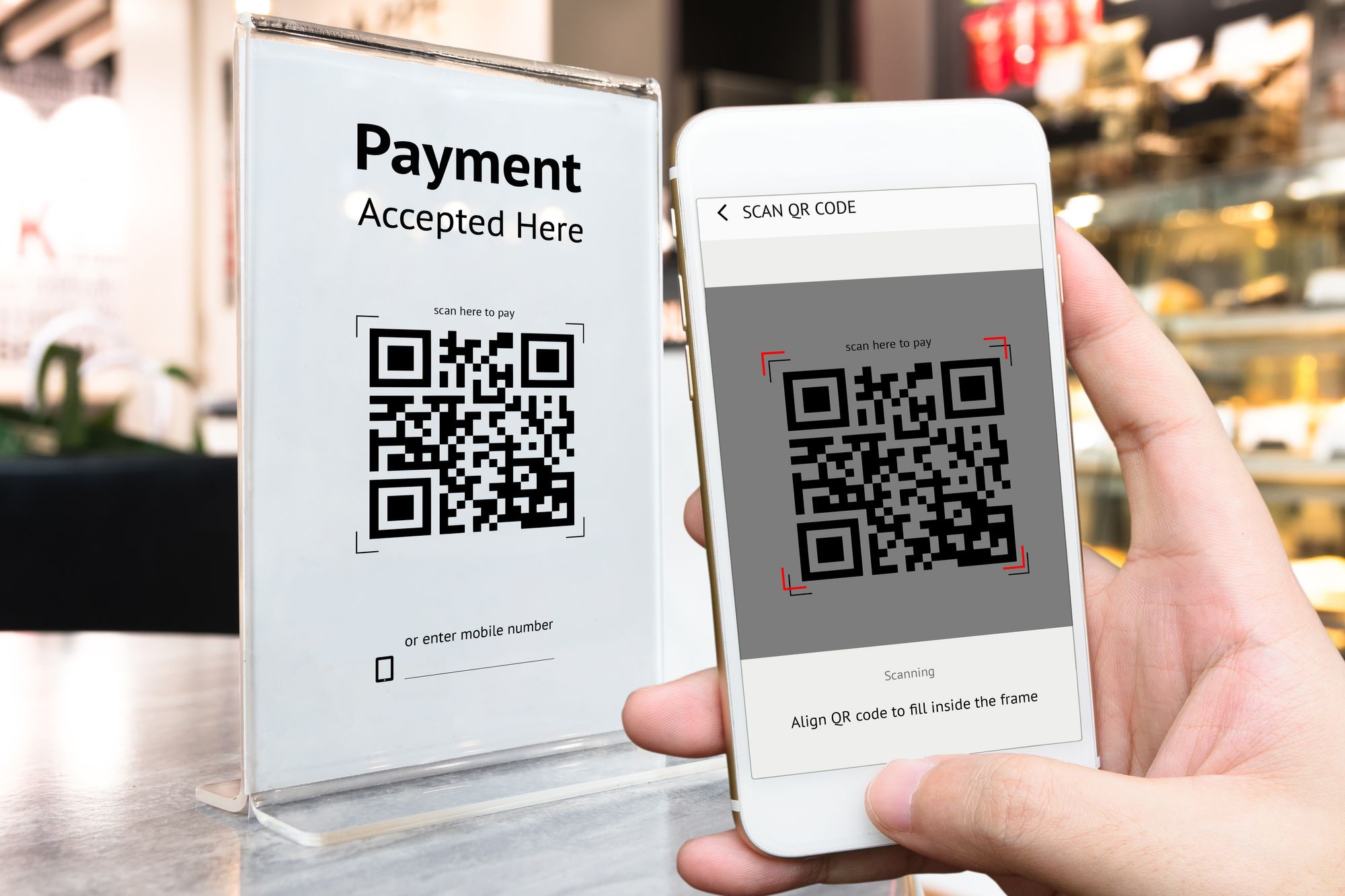Mobile payment, also known as mobile money, mobile money transfer, and mobile wallet is a payment service that is operated under monetary regulation and performed from or through a mobile device.
Rather than paying with money or credit cards, you can use a mobile device to buy a large variety of services and digital or physical goods. Even though the concept of using non-coin-based currency systems encompasses a long history, it's solely within the twenty-first century that the technology, to support such systems, has become available.
What is a mobile wallet?
A mobile wallet is basically a digital wallet on your phone. In your mobile wallet app, you can safely add and store bank information that is linked to your debit or credit card. Some apps for mobile wallets allow you to add more than one card and some don’t. Having a mobile wallet means you can easily make a purchase with “your phone” instead of using your physical card.
The mobile wallet can also be used to store your loyalty cards, boarding passes, tickets and other important documents.
If you have a company and you wish to accept payments made with a mobile wallet, you need to have a point-of-sale terminal equipped with the technology that can process the transaction, like NFC (near field communication). More and more businesses are accepting this form of payment, due to its security and simplicity.

How does mPos work?
Mobile point of sale (mPos) units are devices such as tablets, smartphones, etc. that perform functions similar to wireless POS terminals. They offer an easy, free and wireless way for merchants to process payment. The system allows merchants to process transactions wherever their customers are. That means that you don’t even need to have a checkout location anymore. Some Nike and Apple stores use mPOS and their customers don’t need to take their products to the cashier, they can just checkout with any employee in the store. How awesome is that?
It is believed that mPOS is the future technology for mobile payments. By 2021 27.7 million of them will be in use, according to Business Insider.
But is it safe?
Digital wallets are said to be very safe to use. They usually work through complicated encryption and tokenization, a technique using time-limited token figures generated to process the desired transaction for a card that is already encrypted and stored in your mobile wallet (you should always be mindful of your Online Safety).
Where can you use it?
Mobile payment is being accepted everywhere in the world in diverse ways.
Mobile payments are an increasingly fashionable way to accept in-person payments because it’s a secure way of paying, as well as fast and convenient. The fact that the global market is dominated by Chinese tech firms should not come as a surprise due to the fact that China has a huge population and a lot of it is using mobile payments. WeChatPay is the biggest mobile payment platform in the world. On the last Lunar New Year (February 2019), there was a record number of 823 million people who used the service to send and receive monetary gifts. WeChatPay claims to have more than a billion active users per day.

It’s not that the ubiquity of payment cards is disappearing. What is disappearing is the physical card that we are all familiar with. Apps and other forms of digital payment are simply downsizing the need for physical card payments. In the future, our mobile payment processors will probably accept payment in cash, classic cards and mobile wallets. On the other hand, it is also quite possible that physical money will not be used anymore since all you will need to make a payment across the world will be your smartphone.